3 Important Lessons that Picture Books Can Teach All Students About Resilience
March 9, 2023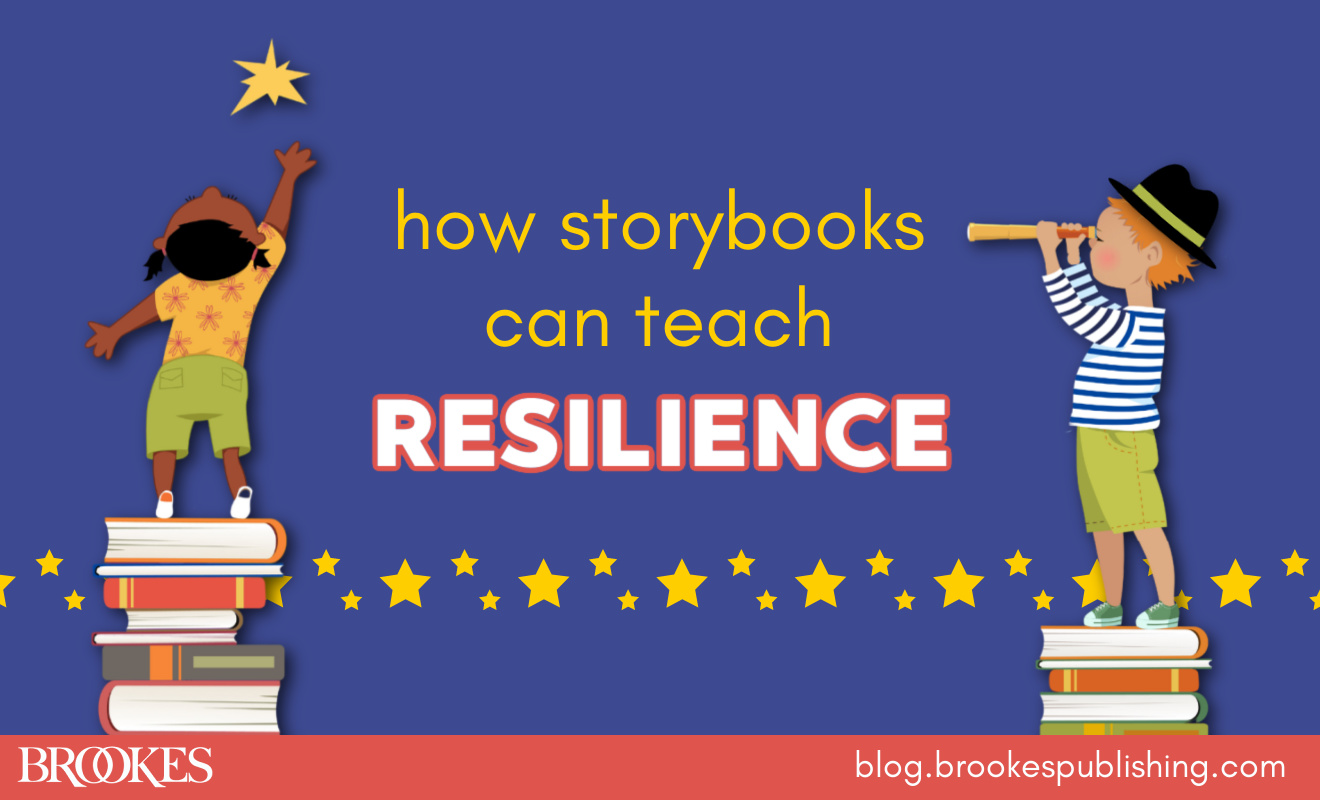
Today’s guest post is by Carolee Dean, M.S., CCC-SLP, CALT, author of Story Frames for Teaching Literacy: Enhancing Student Learning Though Storytelling
Mental health is a growing concern for all students—and young people with learning disabilities often suffer from anxiety, depression, frustration, stress, and low self-esteem even more than their peers. These emotional factors complicate learning when students avoid tasks and have difficulty taking risks. Students who are resilient tend to have better outcomes in both their learning and social-emotional development. Can resilience be taught through stories? If so, what lessons do they offer?
Almost all stories center on a character facing a problem or challenge and overcoming it. Someone reaching their goals against astronomical odds is part of what makes stories so exciting.
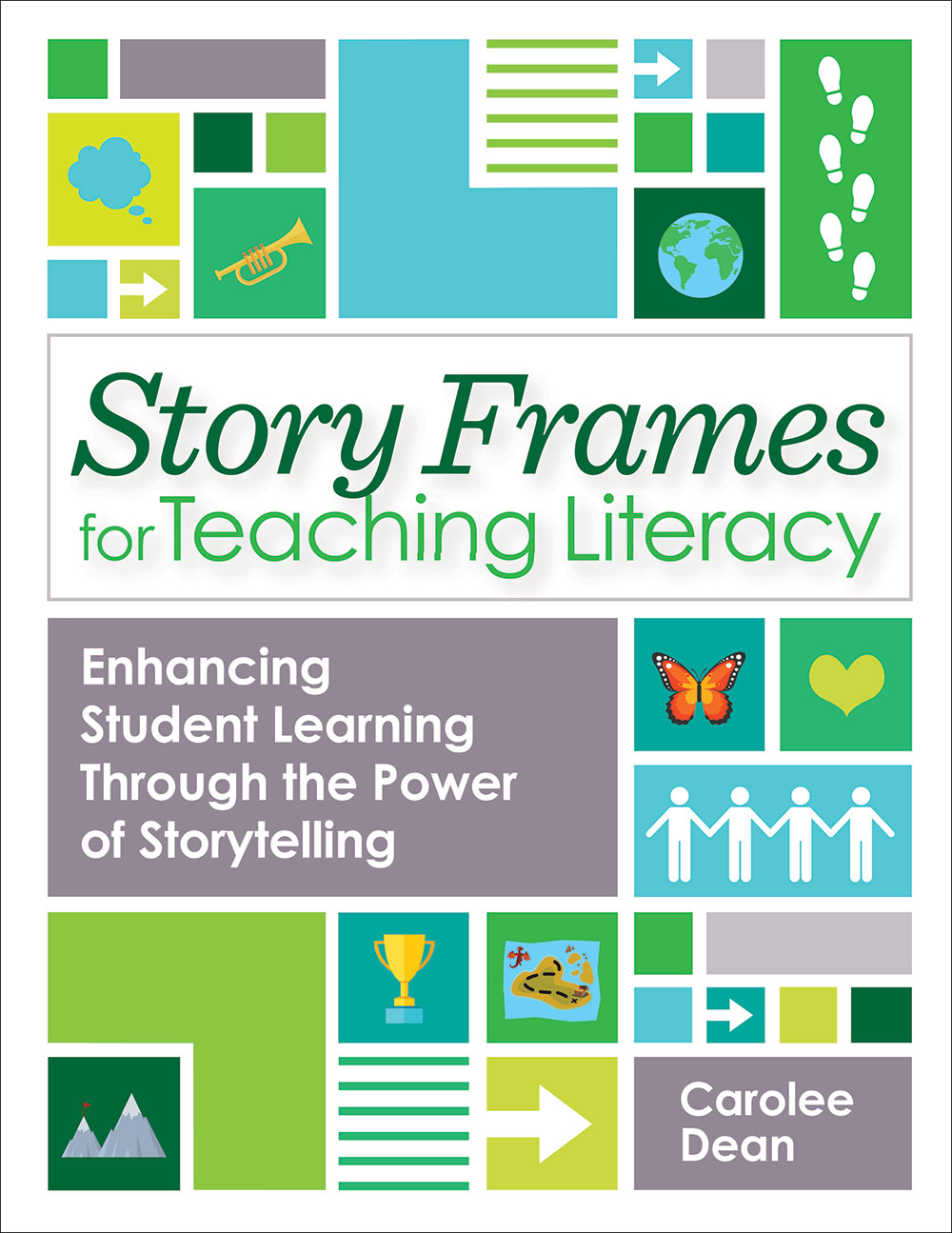 Today’s blog post explores three picture books appropriate for all ages that are featured in Story Frames for Teaching Literacy: Enhancing Student Learning Though Storytelling. While this book focuses on using narratives to develop many core skills necessary for reading success (such as good oral language, vocabulary, grammar, syntax, and understanding of text structure), many of the titles were selected specifically because they also teach resilience. Read on to discover 3 important lessons that picture books can teach students about perseverance and determination.
Today’s blog post explores three picture books appropriate for all ages that are featured in Story Frames for Teaching Literacy: Enhancing Student Learning Though Storytelling. While this book focuses on using narratives to develop many core skills necessary for reading success (such as good oral language, vocabulary, grammar, syntax, and understanding of text structure), many of the titles were selected specifically because they also teach resilience. Read on to discover 3 important lessons that picture books can teach students about perseverance and determination.
Lesson #1: Failure is an essential part of success.
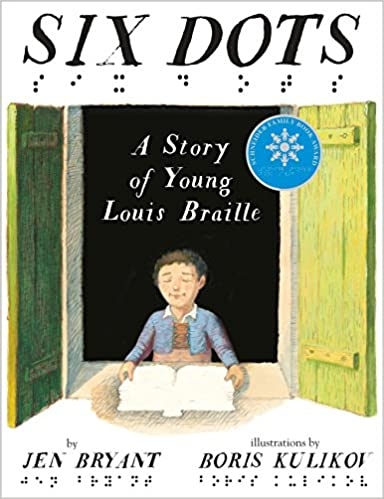
Six Dots: A Story of Young Louis Braille, written by Jen Bryant and illustrated by Boris Kulikov, tells the story of how Louis created the Braille writing system when he was a fifteen-year-old student living at the Royal School for the Blind in Paris. Many students will likely relate to Louis’s feelings of disappointment about not being able to read like his sighted peers and being picked on by the older boys. Louis leaves home at the age of ten to live at the School for the Blind, where he eventually began working on a code that he and his peers could use for reading and writing. One of the illustrations shows Louis surrounded by a sea of crumpled papers, evidence of his many failed attempts to create the code.
This book reinforces the valuable lesson that risk-taking involves failing at least some of the time. It’s important for students to learn that failure and rejection are essential to discovery, invention, and success. Any professional author could talk about their early stories that didn’t quite work, or provide a long list of rejection letters that they received before finding a publisher for their book. Those who give up never experience success. Those who persevere in spite of failure and rejection are the ones who are remembered. True stories about people like Louis Braille, who persevered in order to improve his own life and the lives of others, teach this concept in a way that few things can.
Lesson #2: Modeling kindness and perseverance can make a big difference.
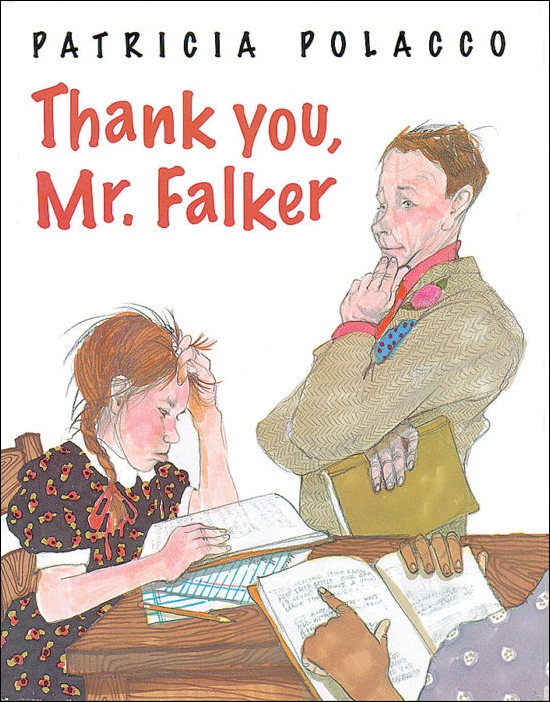 Thank You, Mr. Falker, written and illustrated by Patricia Polacco, is a personal account of the author’s early struggles with dyslexia and the teacher who helped her celebrate her artistic talent and find help for her learning challenges.
Thank You, Mr. Falker, written and illustrated by Patricia Polacco, is a personal account of the author’s early struggles with dyslexia and the teacher who helped her celebrate her artistic talent and find help for her learning challenges.
In the book, Trisha hides in the stairwell at school in total despair as she tries desperately to avoid the bullies that call her stupid and humiliate her in front of her peers. Mr. Falker, Trisha’s teacher, helps her by modeling both kindness and perseverance. He doesn’t tell Trisha that “sticks and stones can break her bones, but names will never hurt her.” Students have a hard time believing that when they are the object of scorn and bullying! Instead, he empathizes with her feelings, stands up for her in class, and gives her personalized supports to help her succeed. As Trisha and Mr. Falker persevere together, she learns to read—and later goes on to a highly successful author and illustrator.
From this book, both students and teachers can learn about the lifelong impact a person can have by modeling kindness and resilience. Sharing stories of our struggles the way Patricia Polacco has done can also help others. Many teens who have struggled in school help other students by sharing stories of both their challenges and successes through programs like Yes! Colorado. It empowers students twelve and older with dyslexia to become “ambassadors” who share information about dyslexia with the public and serve as role models for other young people with dyslexia.
Lesson #3: People with disabilities can progress toward their goals and succeed in life if they are willing to work hard and they have the right supports.
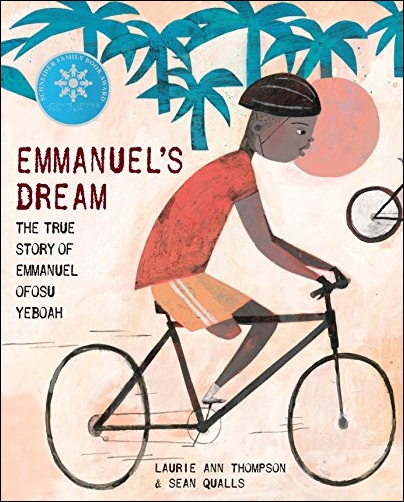
Emmanuel’s Dream: The True Story of Emmanuel Ofosu Yeboah, written by Laurie Ann Thompson and illustrated by Sean Qualls, starts with a baby in Ghana born with a disfigured leg. His father leaves the family because he believes his son is cursed, but his mother names him Emmanuel, which means “God is with us.” Emmanuel must hop on one leg two miles each way to get to school. He learns to balance on crutches so that he can play soccer, and his friends even teach him how to ride a bike. After his mother dies, he rides a bicycle 400 miles around Ghana to raise awareness about people with disabilities. Emmanuel is instrumental in helping to change the laws in Ghana to give people with disabilities more rights.
There is something that happens when a person becomes determined to succeed. Once they get into motion, the momentum of their extreme effort sometimes carries them far beyond where they planned to go. People who stutter become actors, people with dyslexia become writers. Boys with one leg ride hundreds of miles on a bicycle. With the help of supportive people and environments, the very thing that was their greatest challenge can often become the seed of their greatest victory. And sometimes when those supports don’t exist, someone like Emmanuel goes out and raises awareness to ensure that people get the assistance they need to reach for their dreams.
 GET THE BOOK
GET THE BOOK
Find activities, lesson plans, writing templates, and more exploring these three titles and many others in Carolee Dean’s book, Story Frames for Teaching Literacy: Enhancing Student Learning through the Power of Storytelling.


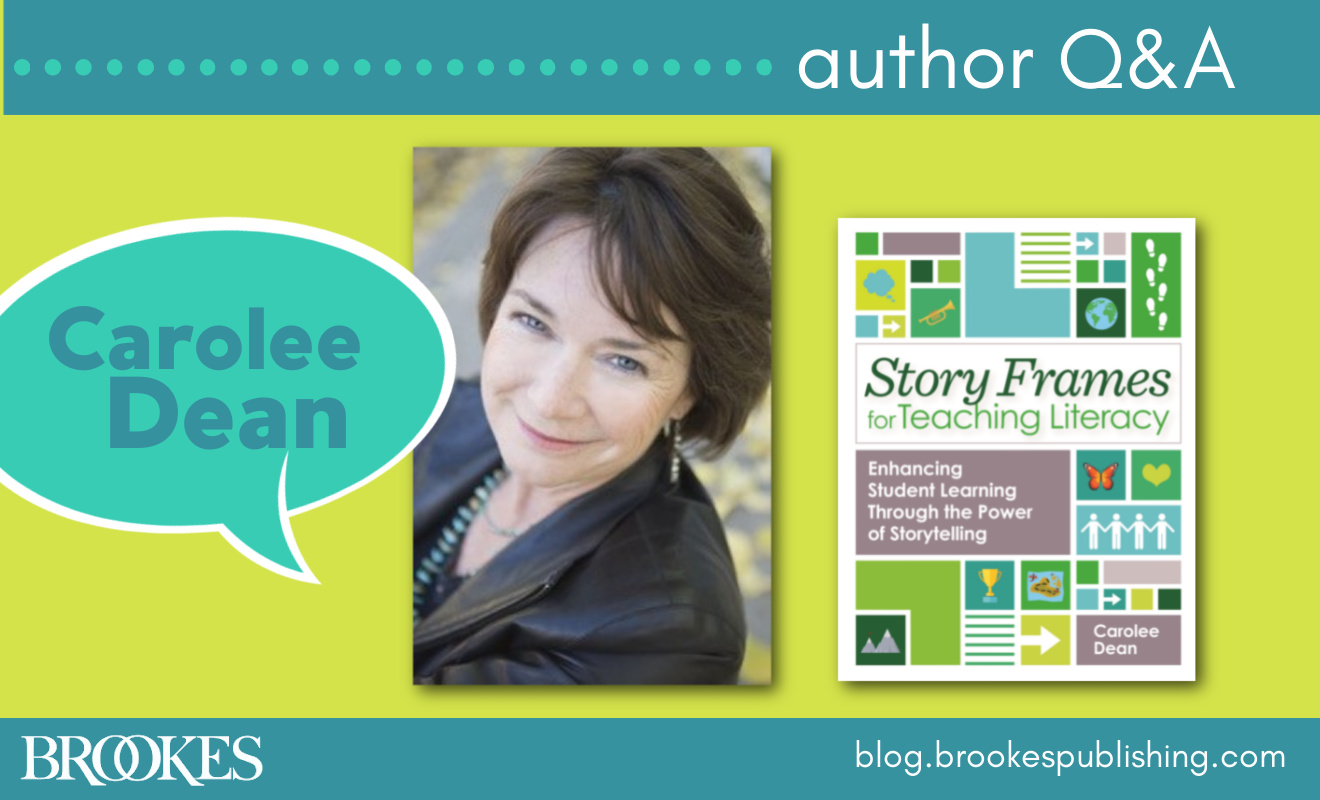
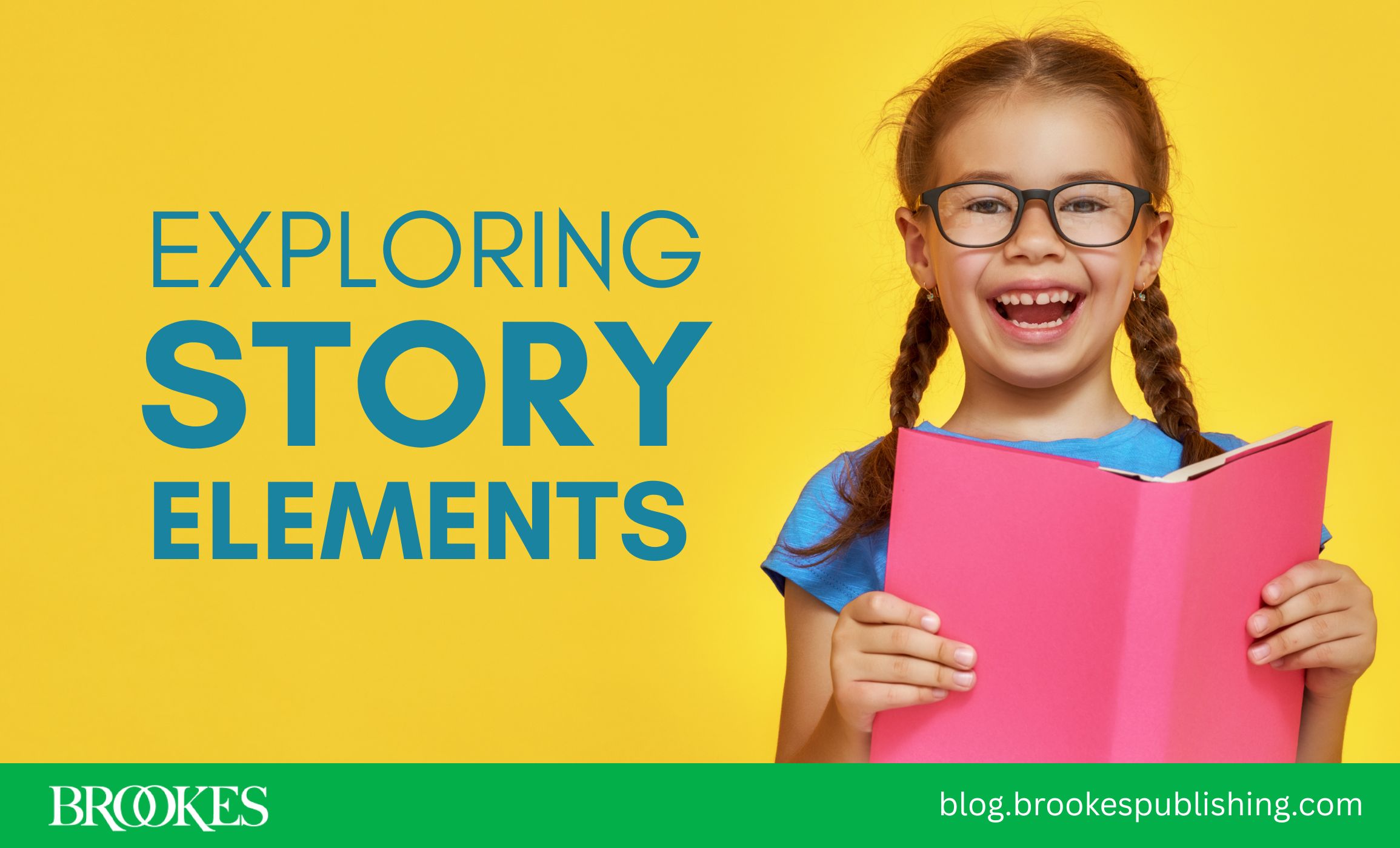

Write a Comment
Your email address will not be published. Required fields are marked *
Post a Comment